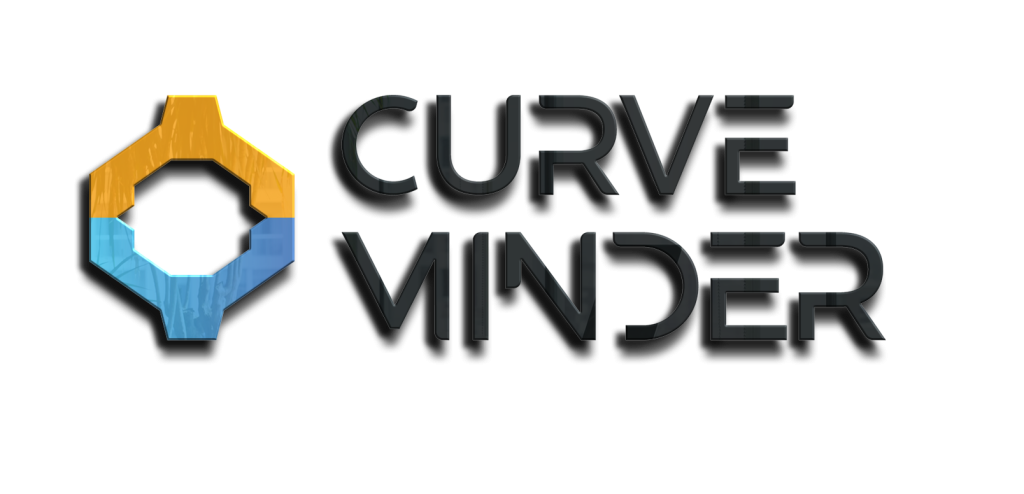Behind the smart ergonomic seat cover of Curve Minder lies an active multidisciplinary crew leveraging strengths to drive spinal health support. With agile processes, collaboration, and continuous learning, the crew revolutionizes posture tracking in real-time, spinal deflection detection, and delivering smooth personalized posture feedback. This article highlights how collaboration powers Curve Minder’s groundbreaking posture technology.
1. Multidisciplinary Expertise Accelerates Comprehensive Innovation
To design a groundbreaking product like Curve Minder, the work of various experts is required. Biomedical engineers, AI specialists, ergonomists, and clinical specialists work together to ensure each component of the device exceeds the standards for spinal health care. According to Technovation (Kumar et al., 2021), this interprofessional collaboration produces innovation through the combination of technical precision, ergonomics, and clinical experience. This integrated knowledge is seen in Curve Minder’s state-of-the-art real-time posture monitoring technology coupled with the ergonomic comfort of its ergonomic seat cover, offering users accurate spinal deflection detection alongside a device capable of all-day wearability.
2. Agile Development Enables Rapid Iteration and Responsiveness
Curve Minder’s developers follow an agile process, which is in two-weekly sprints involving frequent communication, continuous user feedback incorporation, and rapid prototyping. A 2022 Journal of Medical Systems article, Patel and Singh (2022), illustrates the way agile methods accelerate medical device development without cutting corners on patient safety and quality. This cyclical process allows the team to refine the sensitivity of pressure sensors, enhance the precision of spinal deflection detection, and continuously improve the relevance and clarity of customized posture feedback. Through quick response to user needs and scientific advances, the product continuously evolves, staying at the forefront of ergonomic technology.
3. User-Centered Design Rooted in Collaborative Teamwork
The firm actively considers user experience, using data gathered from real users to inform new feature development and interface enhancements. Regular internal meetings review feedback and usage patterns to identify areas of pain and opportunity. Human-Computer Interaction research (Wang et al., 2022) demonstrates that products developed with continuous user feedback are far more likely to keep users in the long term. Ergonomic seat cover of Curve Minder and the supporting app reflect this commitment in providing seamless interaction—providing real-time posture monitoring information and actionable, individualized personalized posture guidance empowering people to improve their spinal well-being with confidence.
4. Rigorous Quality Assurance and Regulatory Compliance
Meeting high health and safety standards is all about teamwork. Quality assurance experts, engineers, and regulatory experts take joint steps so that Curve Minder meets international medical device standards such as ISO 13485. As Regulatory Focus (Lee et al., 2023) details exhaustively, involving experts from various disciplines in quality processes helps to detect risks early, and certification becomes easier. This integrated effort provides accurate and reliable spinal deflection sensing, enhances safety in the ergonomic seat cover fabrics, and offers predictable, reliable spinal health support consumers can trust.
5. Culture of Continuous Learning and Forward-Thinking Innovation
Innovation never stops at Curve Minder. The team regularly checks on future research in spinal biomechanics, advancements in wearable sensor technology, and AI-facilitated behavior change advancements. Foresight journal (Zhao et al., 2024) further states that creating a culture of lifelong learning ensures competitive edge and product relevance in the long term. This mindset drives next-generation feature sets—like more durable pressure sensors, smarter AI algorithms for nuanced personalized posture guidance, and adaptive comfort features built into the ergonomic seat cover—guaranteeing that Curve Minder remains the leader in real-time posture monitoring and spinal health support.
Conclusion
At the root of Curve Minder’s success lies the power of cross-functional, multidisciplinary collaboration fueled by agile methodologies and a culture of user-centricity. Combining engineering, clinical expertise, regulatory rigor, and continuous learning, the team creates a robust, successful posture solution. This synergy brings to life an intelligent ergonomic seat cover that is a leader in real-time posture sensing, precise spinal deflection detection, and insightful personalized posture feedback, allowing users to benefit from long-term spinal health support. Together, teamwork and technology propel Curve Minder forward as the everyday sitting partner for healthier sitting.

